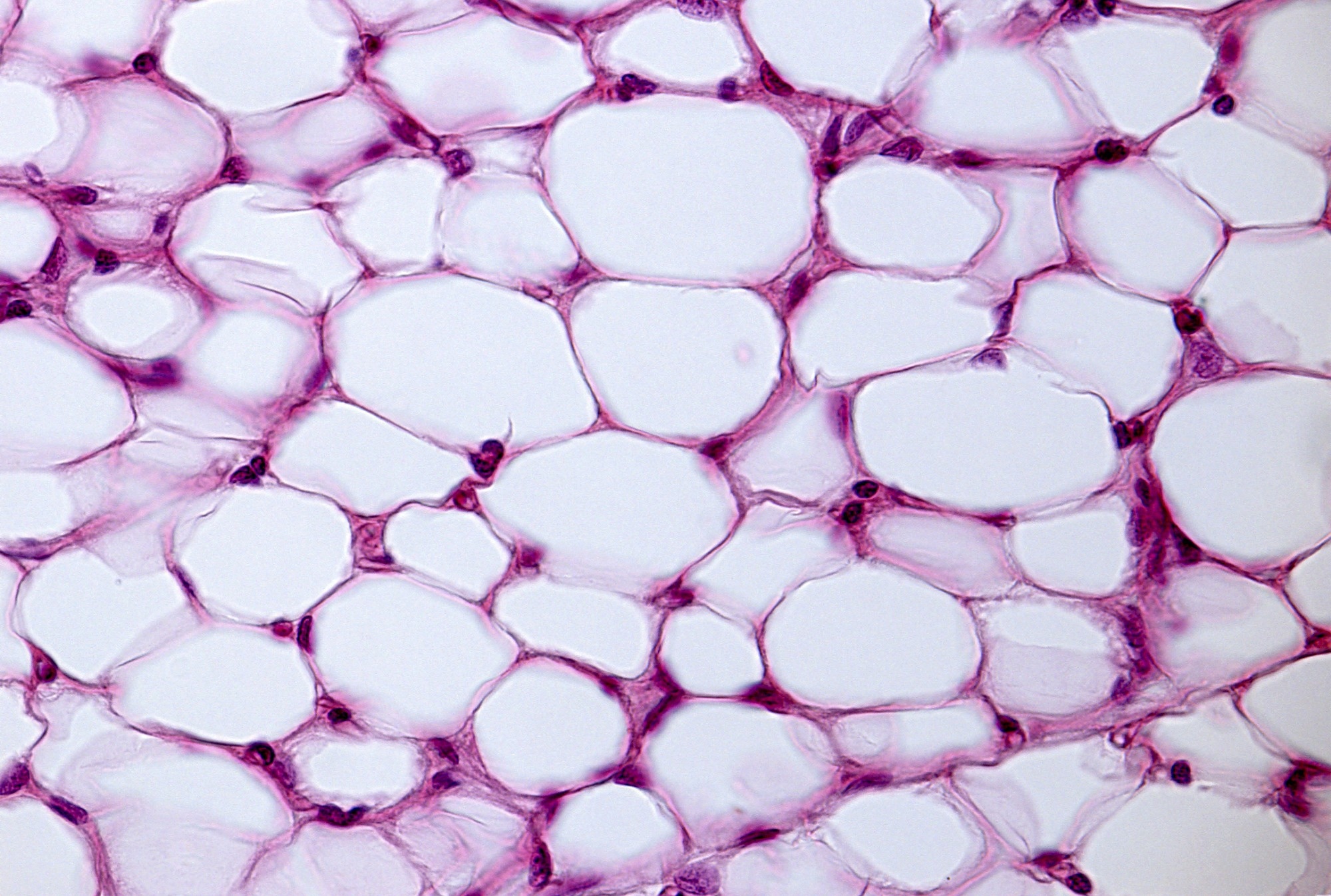New research reveals a key metabolic advantage in women: once fat breakdown starts, it happens more efficiently than in men. This insight could help tailor future diabetes prevention strategies, especially for men at higher metabolic risk.
 Image Credit: Jose Luis Calvo / Shutterstock
Image Credit: Jose Luis Calvo / Shutterstock
The research focused on lipolysis, the process through which triglycerides – lipids stored in fat cells – are broken down to produce free fatty acids and glycerol, which can be used as energy, during exercise or between meals.
"The breakdown of lipids through lipolysis is essential for energy balance and it is believed that doing it effectively may prevent type 2 diabetes and other metabolic complications of overweight and obesity," says Professor Peter Arner, of the Karolinska Institutet, Stockholm, Sweden.
"Indeed, lipolysis is more effective in women than in men, which could be one reason why women are less likely to develop metabolic complications than men, despite having more body fat."
Hormones called catecholamines play a key role in activating lipolysis and regulating the various steps in the process. When levels of these hormones increase, due to psychological stress or during exercise, for example, lipolysis is activated more strongly in women than in men.
A better understanding of how this occurs could pave the way for drugs and other treatments that lower the risk of type 2 diabetes in men who are overweight and obese.
To find out more, Professor Arner and Dr Daniel P Andersson, of the Karolinska University Hospital Huddinge in Stockholm, measured lipolysis in abdominal subcutaneous fat cells from adult women (n=774) and men (n=298).
The cells were incubated alone or with increasing concentrations of several catecholamines known to act at different steps in lipolysis.
The amount of glycerol released was used to measure the amount of lipolysis.
This revealed that the fat cells from the women were less sensitive to the catecholamines than the fat cells from the men, meaning that higher concentrations were needed to activate and regulate lipolysis.
However, when lipolysis was activated, it took place at a faster rate in the cells from the women than in those from the men.
Professor Arner says: "Exercise is known to make it easier for catecholamines to activate lipolysis, and so men might be able to increase their protection against type 2 diabetes and other metabolic conditions by increasing their physical activity.
"Longer-term, our findings could aid in developing drugs that lower the risk of type 2 diabetes in men."